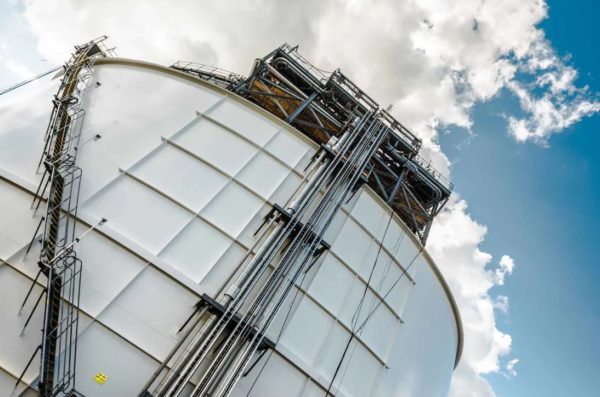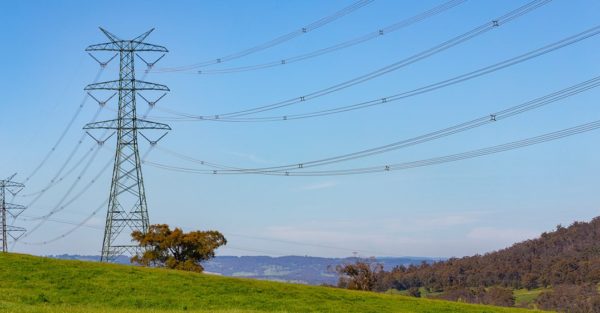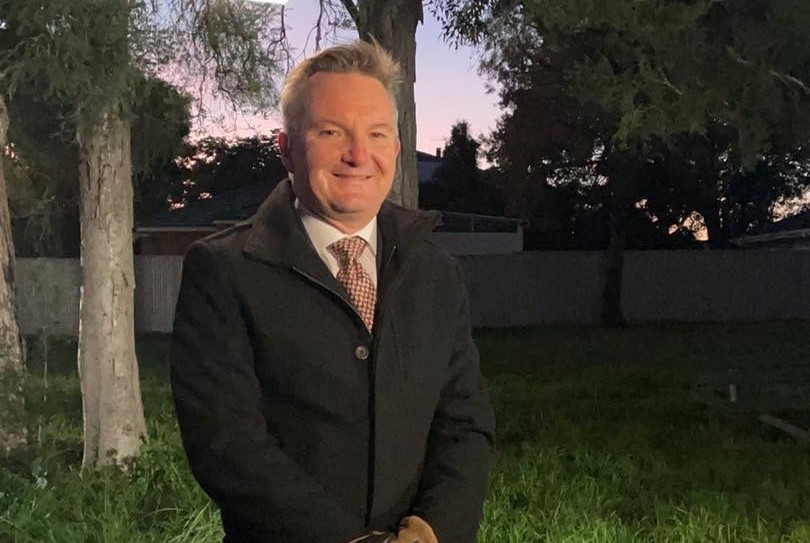Federal, state and territory energy ministers met virtually on Wednesday when they were briefed by the Australian Energy Regulator (AER), Australian Energy Market Operator (AEMO), and the chair of the Energy Security Board (ESB).
The ministers agreed to an 11-point plan at the meeting, called in response to the soaring coal, gas and electricity prices impacting households and businesses in Australia’s eastern states.
Federal Energy Minister Chris Bowen said there was no “silver bullet” or overnight fix to the energy crisis, blaming the former government for a rigid energy grid unable to adapt to evolving pressures.
“The reason why we are in this crisis today is because there hasn’t been enough planning about the changes that are necessary,” he said. “That’s the result of poor planning and a previous government which didn’t see the opportunities for transmission, didn’t see the opportunity to renewable energy.
“(This) is a big step forward, some of the steps will apply very quickly and others are an agreement to work in the medium term.”
Bowen said state, territory and federal governments had agreed to a national plan that would coordinate the shift from fossil fuel-dominated energy systems to net-zero emissions.
“We need more transmission, we need more renewables, we need more storage,” he said.
The ministers also agreed to broaden the scope of regulators to ensure transparency in the sector, while AEMO has been empowered to procure and store gas for release in emergency situations.

Image: AGL
The Australian Energy Market Commission (AEMC) has been instructed to proceed with the development of the capacity mechanism which would provide incentives for dispatchable power to improve reliability as the system moves to renewables.
The capacity mechanism will focus on new technologies such as transmission, storage and renewables, but Bowen would not rule out the use of coal-fired power plants when asked if they would be included in the energy mix, saying he thought the “principles are pretty clear that it should support new technologies”.
“It’s designed to improve the capacity in the system,” he said.
“I also believe it should be expert led. In terms of the detailed design, the ESB will do their work and put it out for detailed consultation.”
Bowen said the new powers given to AEMO would be the quickest to take effect, while new investments in renewables would also be crucial to provide extra capacity.
“The (AEMO) could not procure some gas and keep it in reserve to be released for urgent and crisis situations,” he said following the meeting.
“That is technically possible. There’s storage facilities around the country. We agreed to work to give AEMO that power, and to give them that power expeditiously.”

Image: Transgrid
The development of a national transition plan for the energy market ahead of the next meeting of ministers in July has also been agreed to.
The meeting came just hours after Prime Minister Anthony Albanese criticised the former government for its role in the current energy crisis.
Speaking in Darwin on Wednesday, Albanese said the situation is due to the former government’s lack of investment in renewables and infrastructure to support the technology.
“One of the problems that has occurred here is a failure of investment. You don’t have a grid that’s fit for purpose in the 21st century,” he said.
“If you had a grid that was fit for purpose, where renewables were being plugged into the grid … you would have a real alleviation on pressures that are in place right now.
This content is protected by copyright and may not be reused. If you want to cooperate with us and would like to reuse some of our content, please contact: editors@pv-magazine.com.









By submitting this form you agree to pv magazine using your data for the purposes of publishing your comment.
Your personal data will only be disclosed or otherwise transmitted to third parties for the purposes of spam filtering or if this is necessary for technical maintenance of the website. Any other transfer to third parties will not take place unless this is justified on the basis of applicable data protection regulations or if pv magazine is legally obliged to do so.
You may revoke this consent at any time with effect for the future, in which case your personal data will be deleted immediately. Otherwise, your data will be deleted if pv magazine has processed your request or the purpose of data storage is fulfilled.
Further information on data privacy can be found in our Data Protection Policy.